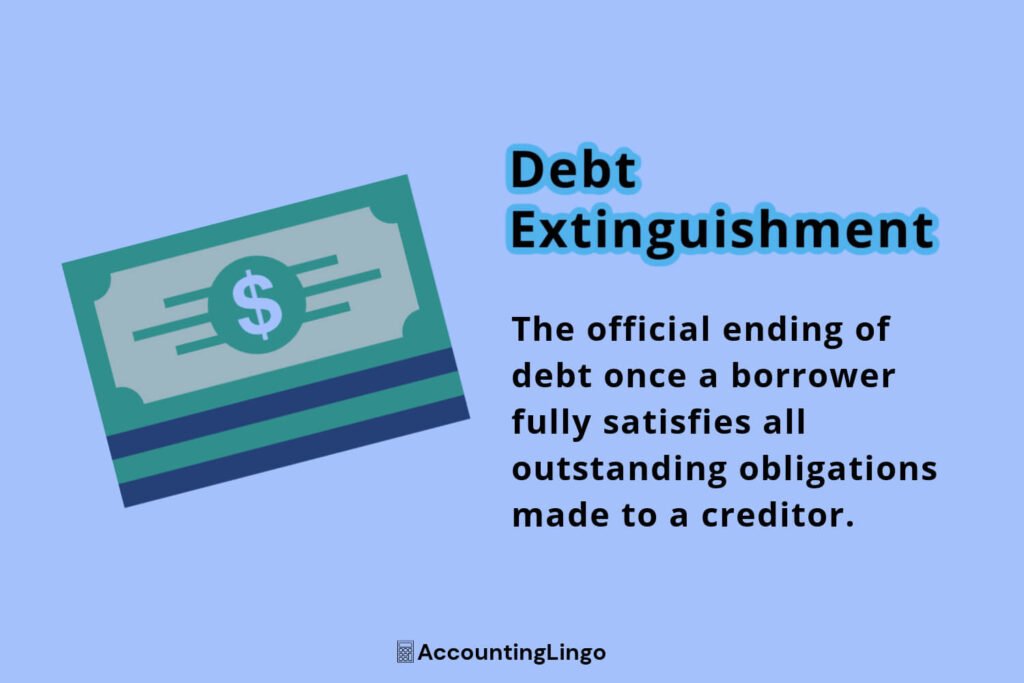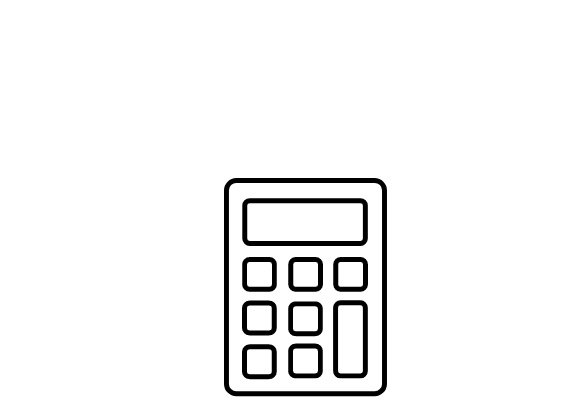
What is Debt Extinguishment?
Debt extinguishment is the official ending of debt once a borrower fully satisfies all outstanding obligations made to a creditor.
“Extinguishment is the cancellation or destruction of a legal right, interest, or contract.” -Cornell Law School
Understanding Debt Extinguishment
The final act of ending a loan is when the borrower has fully satisfied creditors’ obligations, also known as liabilities. This involves all debt regardless of type including long-term or short-term consumer or business debts.
Full satisfaction may come once repaying a lender via goods or services, cash, or in the form of another financial asset. For example, a business may elect to satisfy debt by selling land, buildings, or equipment which are then converted to cash and paid to the creditor. Alternatively, the creditor may accept land instead of cash.
In addition, settlement of debt may not be the result of payment in full when both parties agree to a new payoff amount. This may occur when a borrower is unable to fully repay debt as originally agreed. The creditor may be willing to accept a partial payment as payment in full.
In these cases, the original debt agreement is said to be “modified”. Debtors are legally released from a previously executed debt instrument once they’ve fully satisfied all obligations.
Examples
Common scenarios include:
- Payoff of an installment note.
- Payoff of a mortgage loan.
- Payoff and closure of a home equity line.
- Payoff and closure of a business line of credit.
